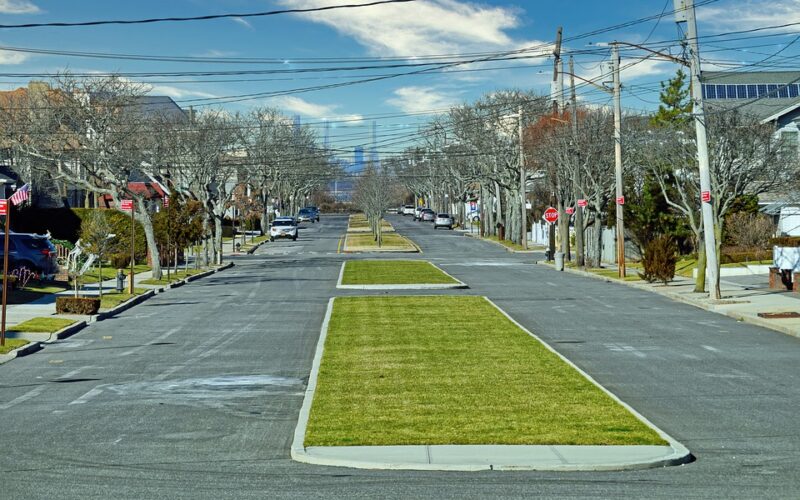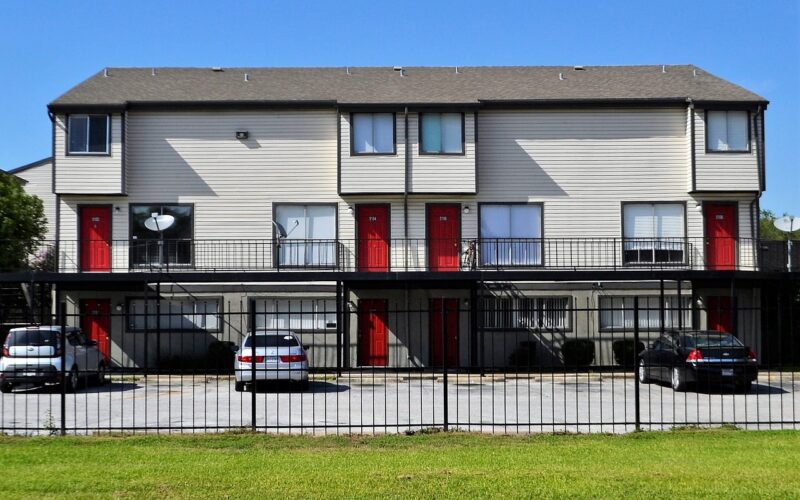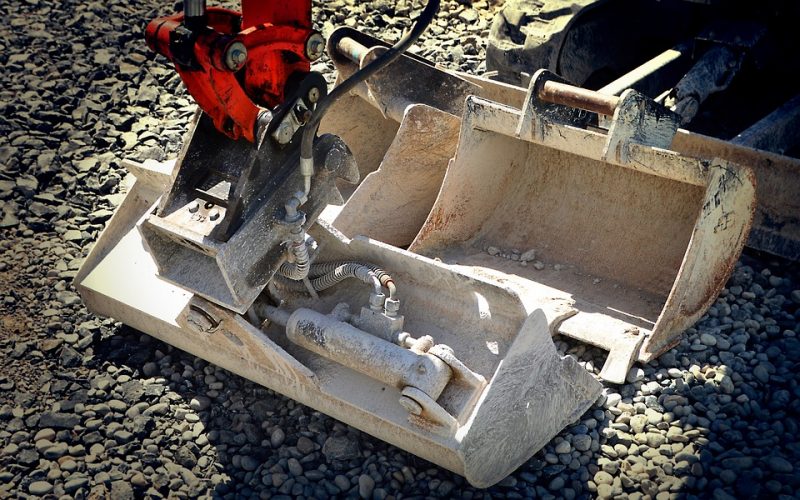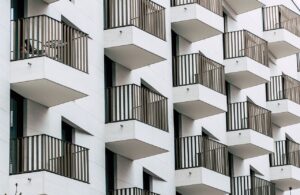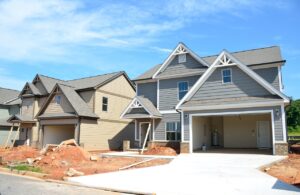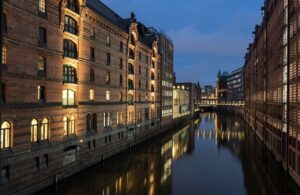Living in a city can be incredibly rewarding. You have access to all the essential amenities, plenty of entertainment options, and an array of unique experiences right on your doorstep. But for many urbanites, one thing that’s missing is convenience when it comes to getting around the city – and this is where cycle lanes come into play. With their addition to our cities streets, cycling has been ushered from recreational activity to everyday mode of transportation: safe, fast and environmentally-friendly way offering lots of flexibility while helping reduce congestion during peak hours or major events like festivals or concerts.
How they benefit urban areas
Cycle lanes are designated areas specifically for bicycles that can be found in urban areas. They are often painted with white lines on the road and are separated from the regular traffic. These lanes are a benefit for urban areas because they provide a safe space for cyclists to travel without worrying about being hit by cars.
Not only do cycle lanes keep cyclists safe, but they also help reduce traffic congestion by allowing bicyclists to travel faster during rush hour and peak traffic times. Additionally, cycle lanes promote a healthier lifestyle and encourage people to use environmentally friendly transportation options. Overall, cycle lanes are a valuable addition to any urban area.
Advantages of having cycle lanes
Cycle lanes offer a multitude of benefits, making them a crucial component in urban planning. Apart from providing a safe route for cycling, they also help reduce air pollution, as fewer cars on the road mean lower emissions. The presence of cycle lanes also encourages people to take up cycling, which in turn promotes physical activity and contributes to better health.
Moreover, having designated cycle lanes improves safety for cyclists and protects them from potential accidents or collisions with other road users. By investing in cycle lanes, cities can reap numerous rewards - from a healthier population to a more sustainable environment.
Design considerations
Designing cycle lanes in urban areas requires careful consideration to accommodate the increasing demand for safer and efficient cycling routes. Urban areas pose their own set of challenges in terms of space limitations, traffic flow, and safety concerns for cyclists. A well-designed cycle lane should not only provide a safe route for cyclists, but also promote better traffic flow, and enhance the character of the surrounding environment.
Factors such as road width, parking locations, vegetation, and street design are all critical considerations that must be taken into account when developing designs for cycle lanes. Additionally, urban planners must also factor in budget considerations and community input when planning cycle lanes. A well-planned and implemented cycle lane network can transform urban areas, promote wellness, and support sustainable transport goals.
Challenges for creating cycle lanes
Creating cycle lanes in urban areas can be a true test of patience and ingenuity. With ever-growing populations, congested city streets, and the need to reduce carbon emissions, the benefits of dedicated bike lanes are clear. However, the challenges of creating an adequate infrastructure to accommodate cyclists can be daunting.
Factors such as limited space, existing traffic flow, and cost can make it challenging to integrate cycle lanes into an already established city. But as more cities around the world continue to prioritise cycling as a form of transportation, we can be hopeful that creative solutions will continue to emerge to overcome these challenges and create a more bike-friendly future.
Successfully implemented cycling infrastructure
As our world continues to prioritise sustainability and efficient transportation, cities are turning to cycling infrastructure as a solution. There are many examples of cities that have successfully implemented these changes, such as Amsterdam, Copenhagen, and Portland. Amsterdam in particular is known for its extensive network of dedicated cycling paths and bike-friendly streets, resulting in a cycling culture that makes up a substantial portion of daily commutes.
Copenhagen has also made significant strides in creating separated bike lanes and prioritising pedestrian and cyclist safety. In the United States, Portland has become a beacon for cyclists with its extensive cycling network and initiatives to promote cycling as a viable mode of transportation. The success of these cities proves that implementing cycling infrastructure is not only beneficial for the environment, but also for improving overall quality of life for residents.



